Indianz.Com > News > Cronkite News: Native organization carries on horse traditions
Best foot forward
Tucson farrier educates Native American communities on horseshoeing
Thursday, April 25, 2024
Cronkite News
TUCSON — At 83 years old, George Goode describes every day as a “blessing” as he makes the two-hour commute to Sells to teach local Native Americans farrier education.
It was 1972 when Goode started his horseshoeing school in Tucson. Over a half-century later, he retired and founded the nonprofit Native American Horse Education Foundation in hopes of bringing a new mindset to Indigenous communities.
“Out of all the years and all the reservations in the United States, there are no programs out there teaching our youth, our people that have horses, how to trim and shoe their horses’ feet correctly,” Goode said.
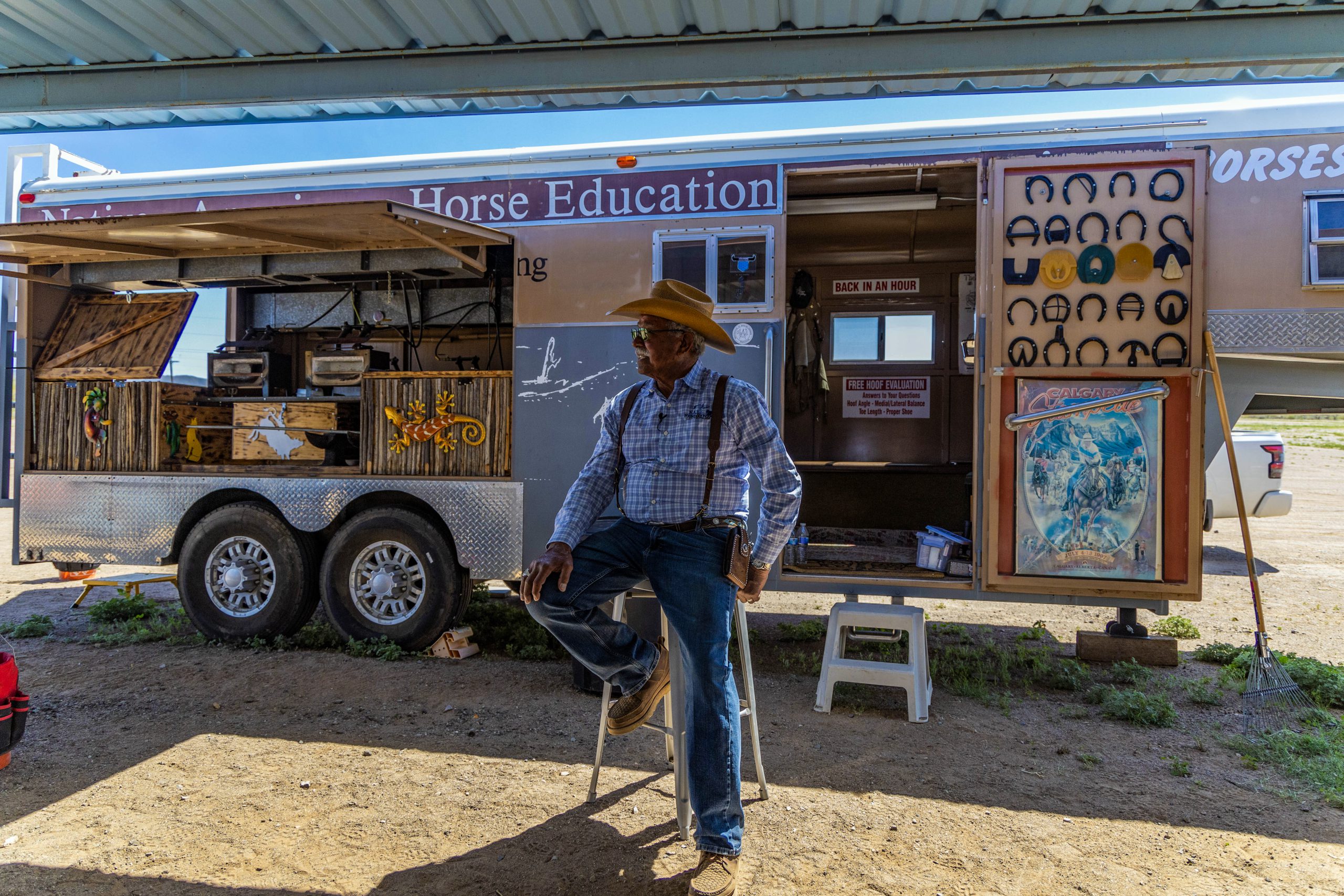
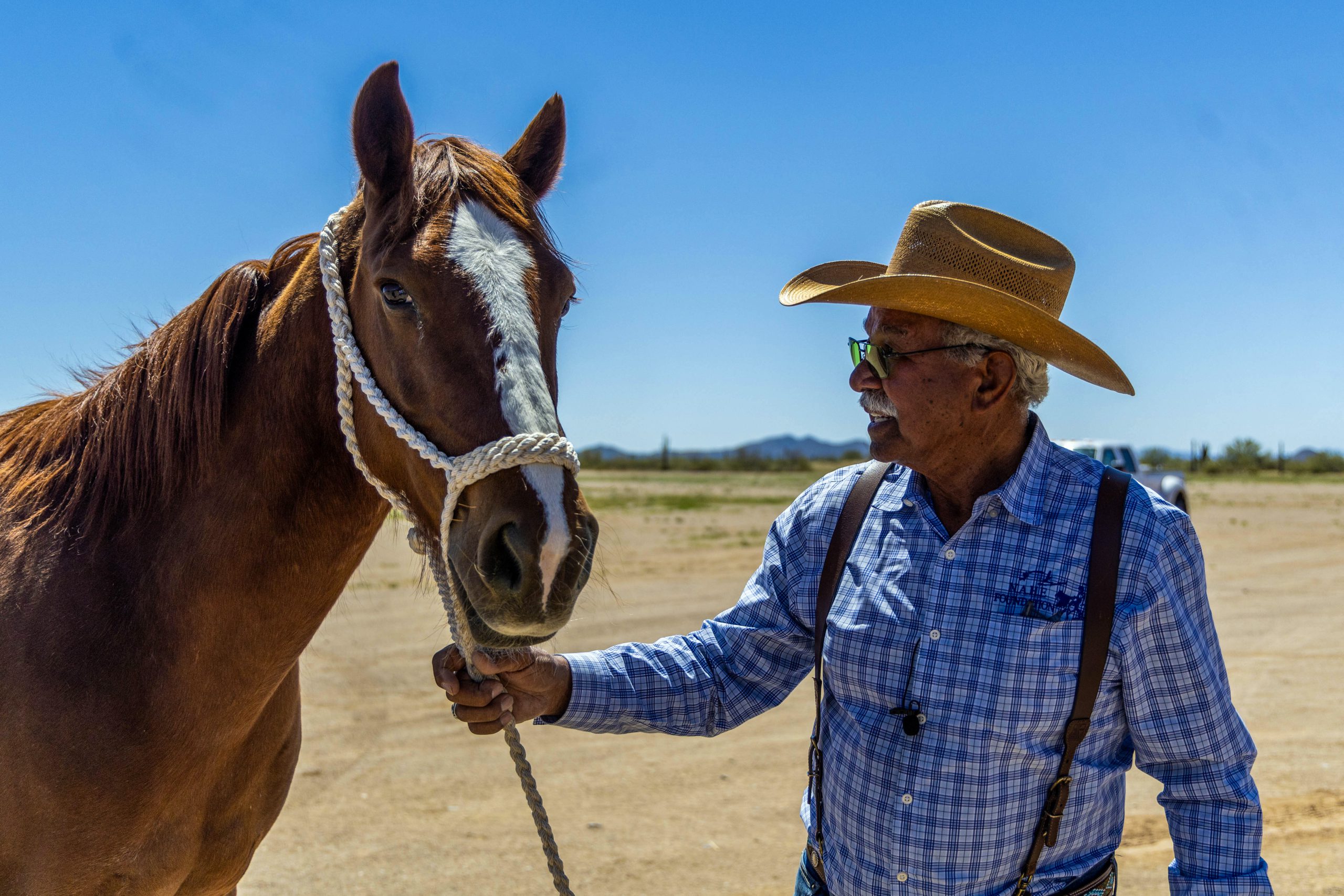
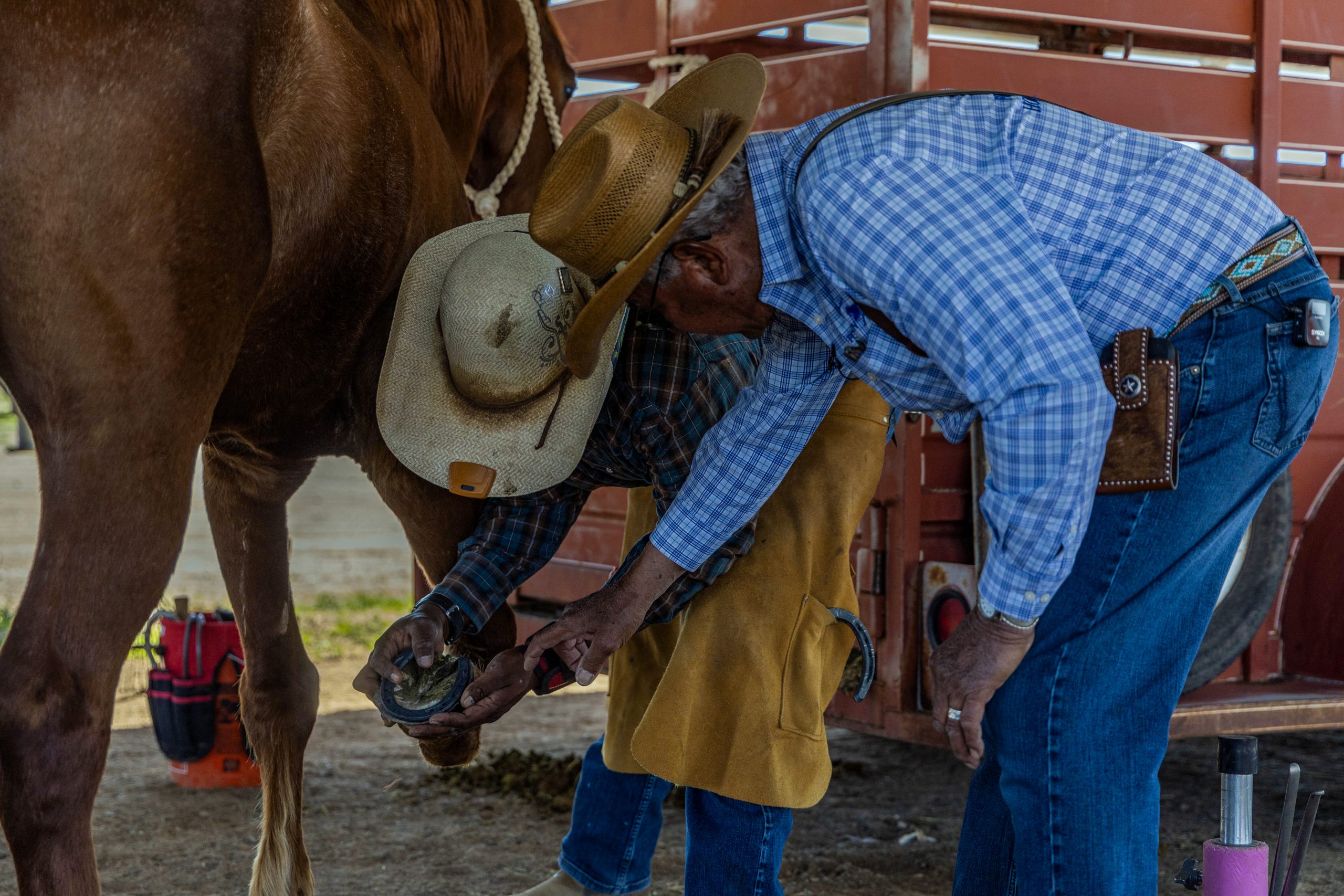
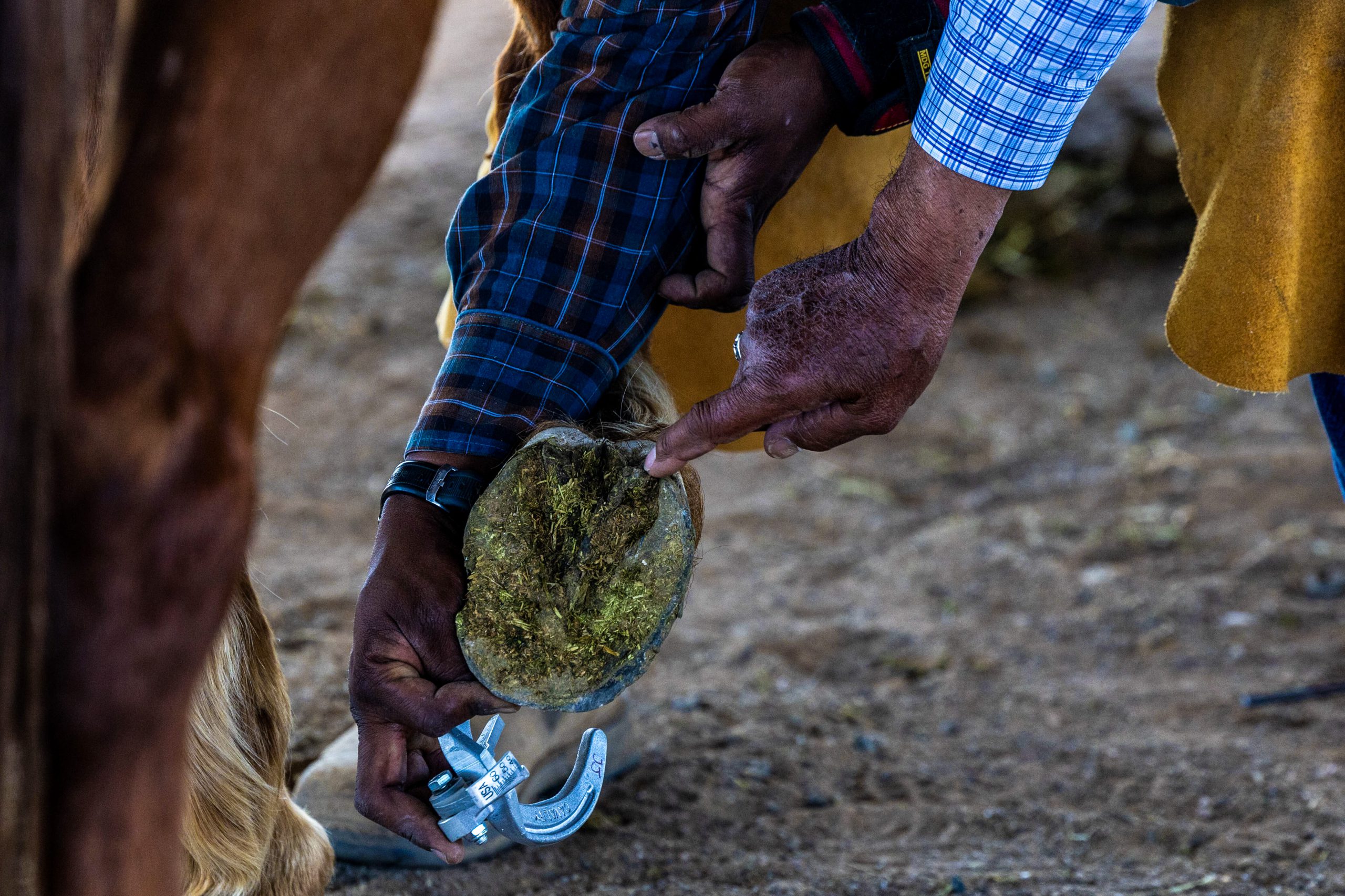
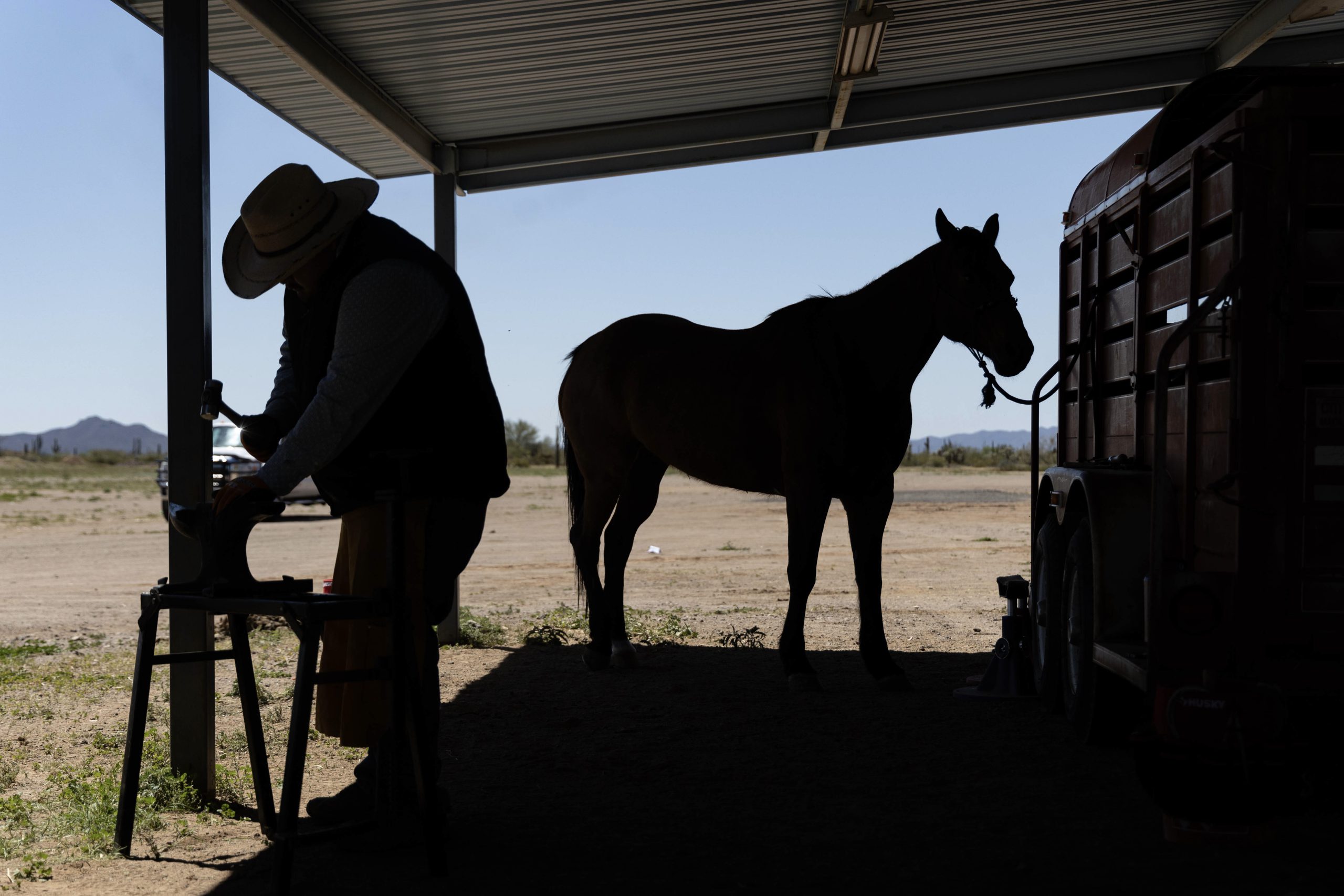
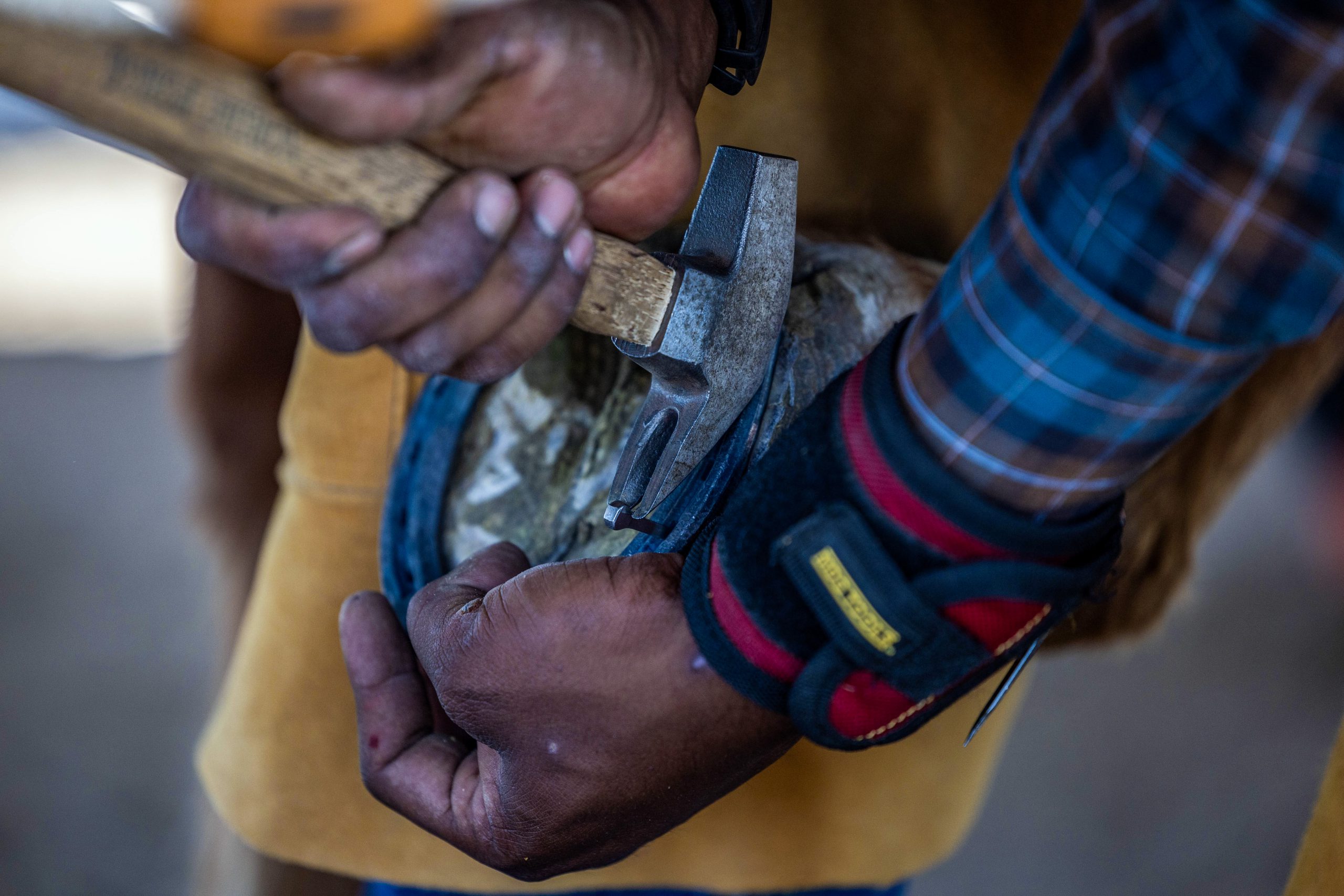
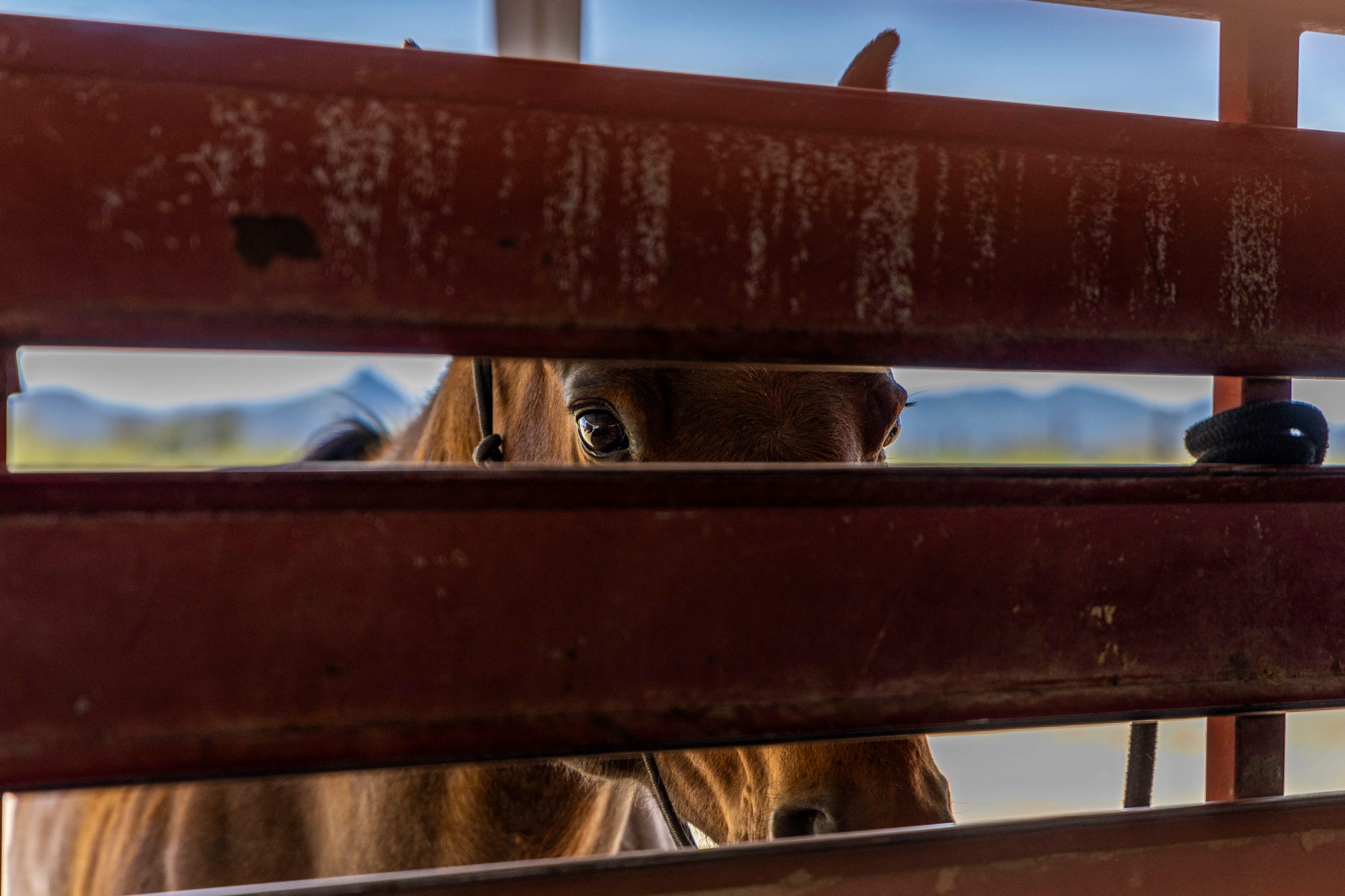
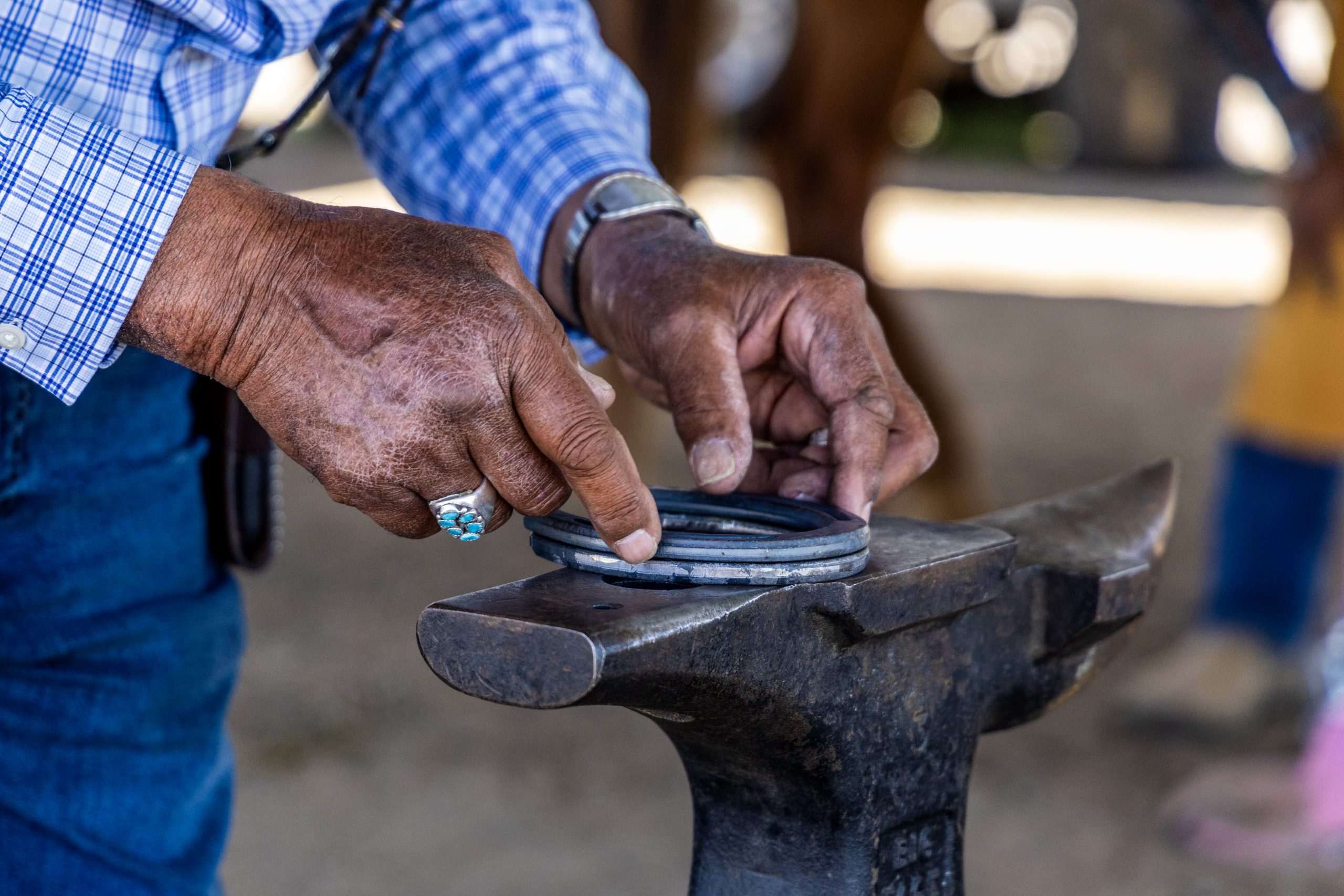

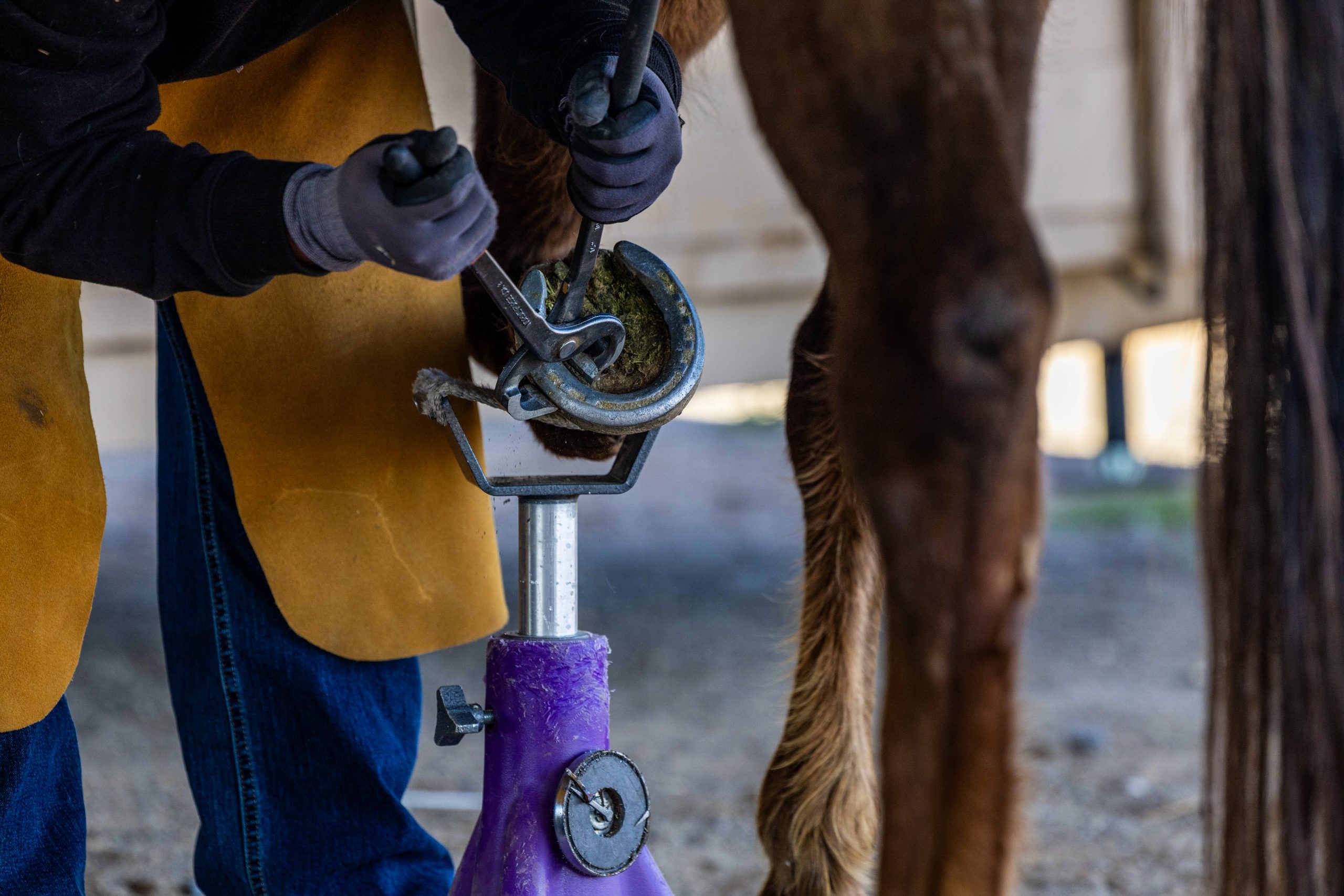
Note: This story originally appeared on Cronkite News. It is published via a Creative Commons license. Cronkite News is produced by the Walter Cronkite School of Journalism and Mass Communication at Arizona State University.
Search
Filed Under
Tags
More Headlines
Native America Calling: Tribal broadcasters brace for federal funding fight
Native America Calling: Assessing current health threats to Indian Country
‘I am finally going home’: Leonard Peltier released from prison after nearly five decades
NAFOA: 5 Things You Need to Know this Week (February 18, 2025)
Chuck Hoskin: Cherokee Nation supports our artists
Native America Calling: Native activism marks victory with Leonard Peltier’s release
Native America Calling: What Indigenous people in Greenland really want
Native America Calling: Traditional love stories
RECAP: National Congress of American Indians continues big meeting in DC
Native America Calling: Honoring artists who demonstrate community spirit
RECAP: National Congress of American Indians opens big meeting in DC
‘We stand firm. We hold our ground’: Federal freeze impacts tribal gathering in nation’s capital
AUDIO: The 2025 State of Indian Nations in Washington, D.C.
RECAP: National Congress of American Indians hosts State of Indian Nations
Chuck Hoskin: Cherokee Nation empowers new generation of agriculture stewards
More Headlines
Native America Calling: Assessing current health threats to Indian Country
‘I am finally going home’: Leonard Peltier released from prison after nearly five decades
NAFOA: 5 Things You Need to Know this Week (February 18, 2025)
Chuck Hoskin: Cherokee Nation supports our artists
Native America Calling: Native activism marks victory with Leonard Peltier’s release
Native America Calling: What Indigenous people in Greenland really want
Native America Calling: Traditional love stories
RECAP: National Congress of American Indians continues big meeting in DC
Native America Calling: Honoring artists who demonstrate community spirit
RECAP: National Congress of American Indians opens big meeting in DC
‘We stand firm. We hold our ground’: Federal freeze impacts tribal gathering in nation’s capital
AUDIO: The 2025 State of Indian Nations in Washington, D.C.
RECAP: National Congress of American Indians hosts State of Indian Nations
Chuck Hoskin: Cherokee Nation empowers new generation of agriculture stewards
More Headlines